Aidan Dunne discovers how artist Ursula Burke uses the Classical tradition to reveal problematic and troubled realities
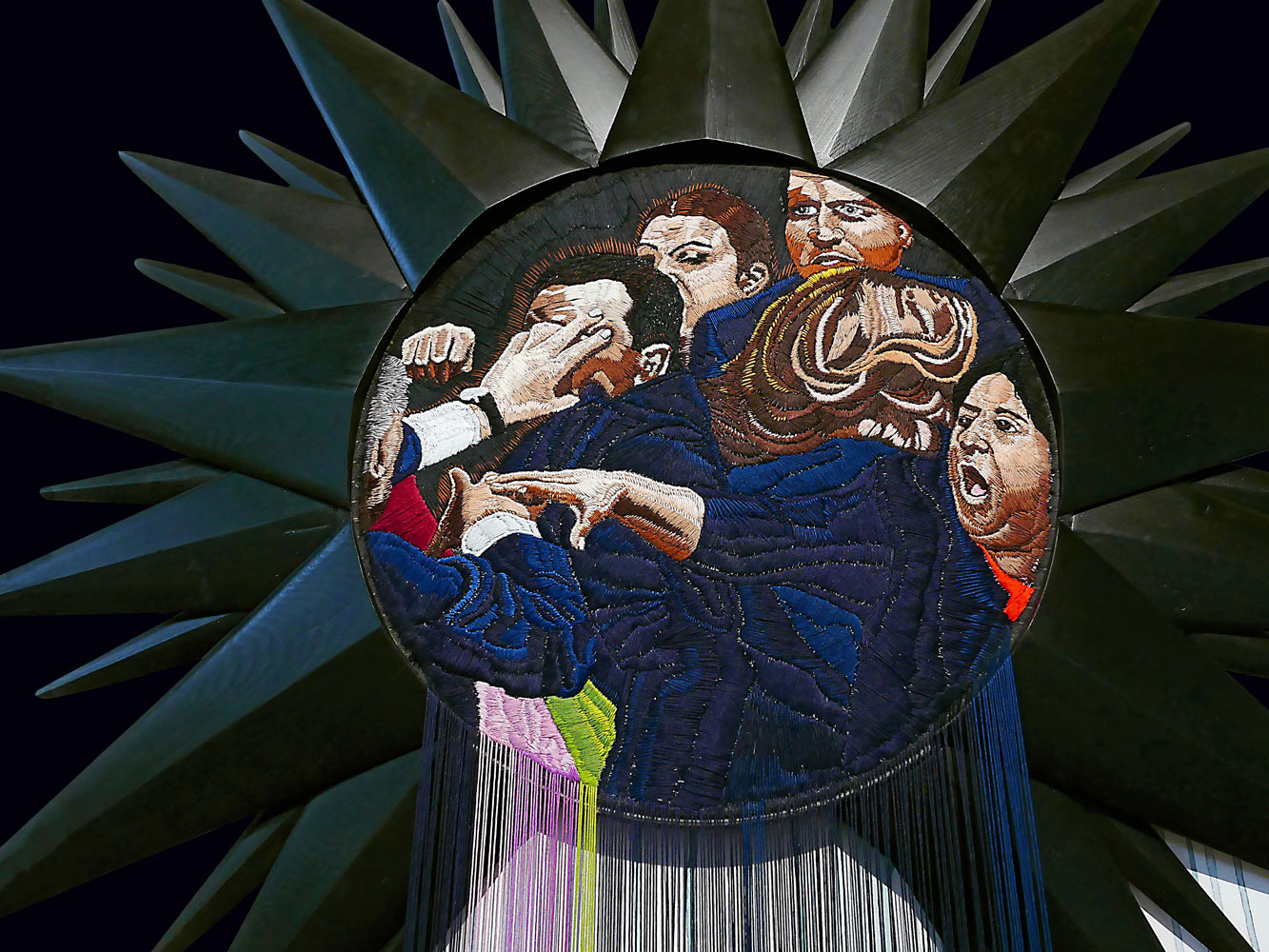
Aidan Dunne: I know you spent about twenty years in Belfast, though you are from the south. Where were you born?
Ursula Burke: In Clonmel, and I grew up there. As regards my art education, I did a year in Galway at Galway-Mayo Institute of Technology (GMIT). But the course there awarded a diploma, not a degree, and I wanted to get a degree, so I had to go elsewhere. As it happened, my boyfriend was in the same position. We both applied to NCAD and to Belfast School of Art. We were accepted for both, but in the end we chose Belfast.
AD: Did you know Belfast?
UB: Not at all. I had never even been there, but I thought it would be interesting to try it. The fact is we did not have a clue about just how complex that territory is, of what we were getting into. We lived in a really shitty little apartment in the Holylands, which is a student precinct in the city. The flat was really dreadful. In terms of culture shock, we might as well have been arriving in Baghdad. Coming as I did from the south to live in Belfast, it was as if you had to learn a whole other language. I tried to learn that language in the course of doing my first degree (1997-1999). You really had to get the symbolism – how every little detail could be used to identify you: your clothes, your shoes, your hair… I mean, I was a red-haired southerner.
To read this article in full, subscribe or buy this edition of the Irish Arts Review
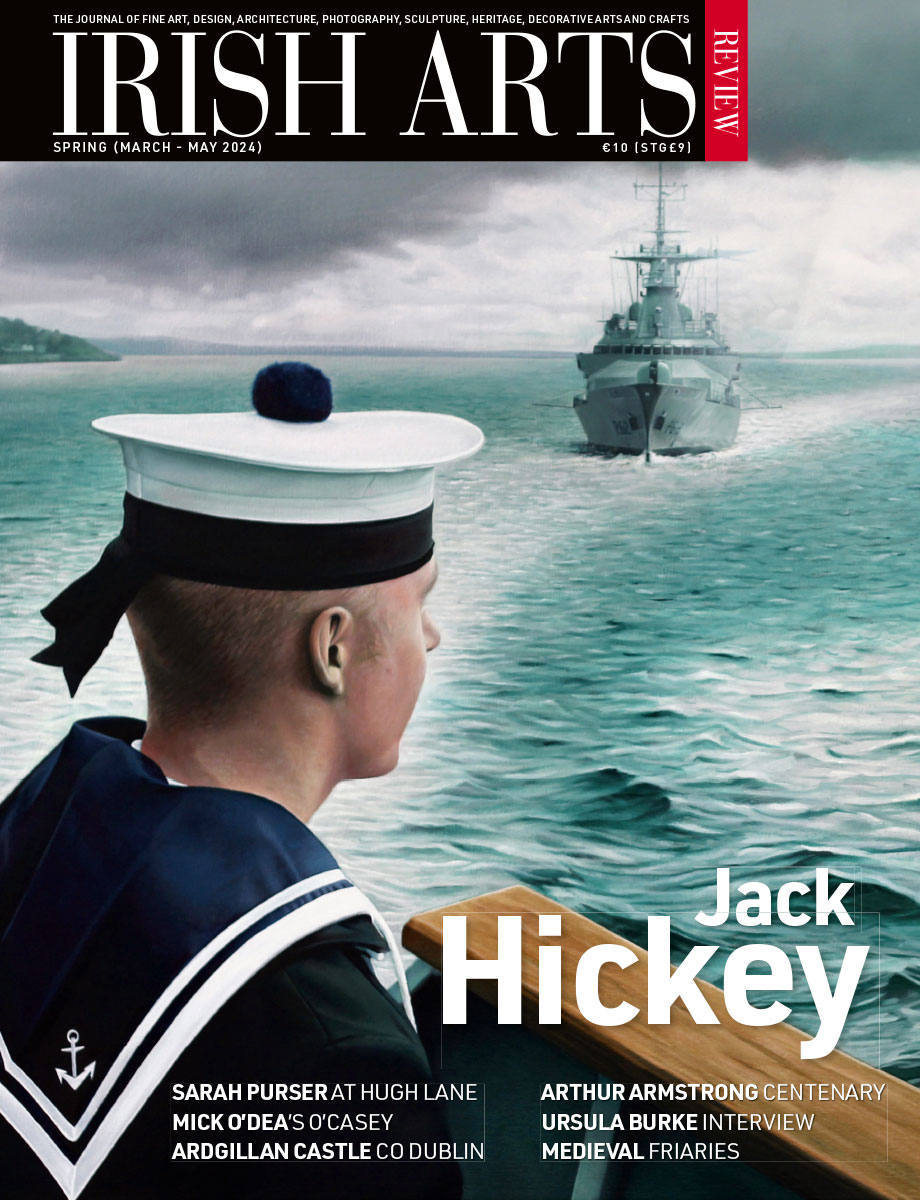
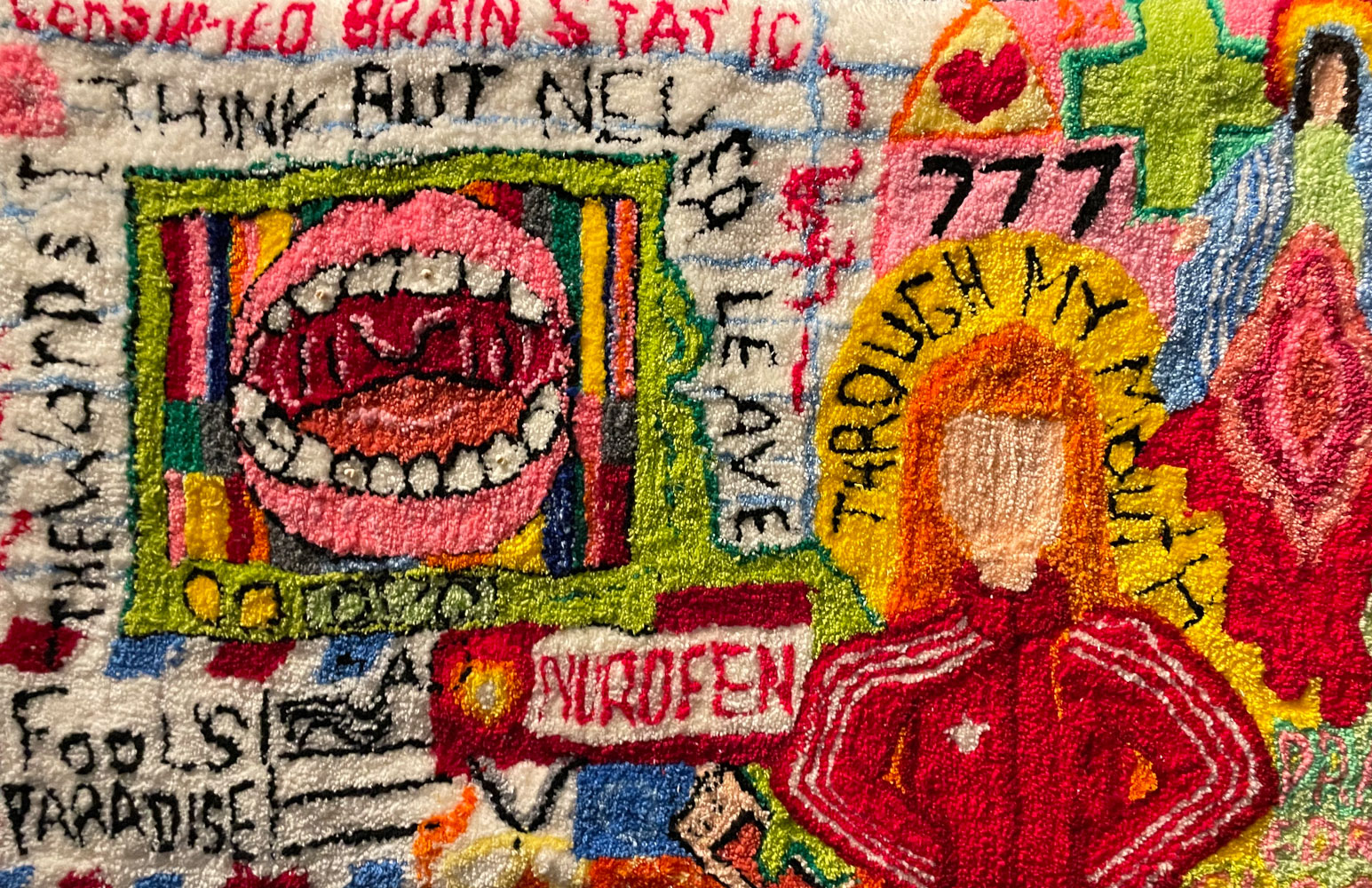
What is urgent for artists working in Ireland? Sarah Kelleher explores the RDS Visual Art Awards at the Irish Museum of Modern Art
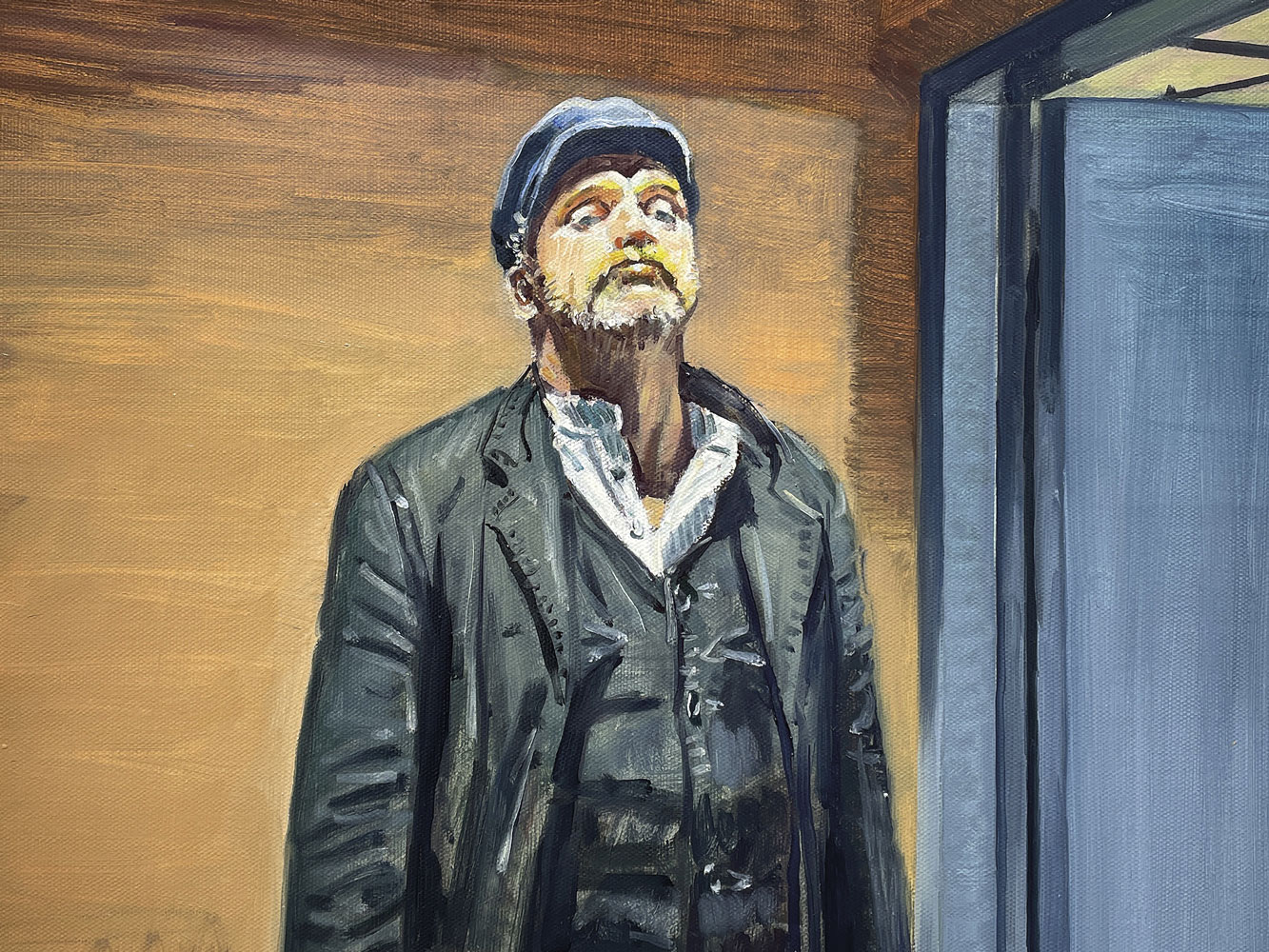
John P O’Sullivan surveys Mick O’Dea’s paintings of characters from the playwright Seán O’Casey’s plays
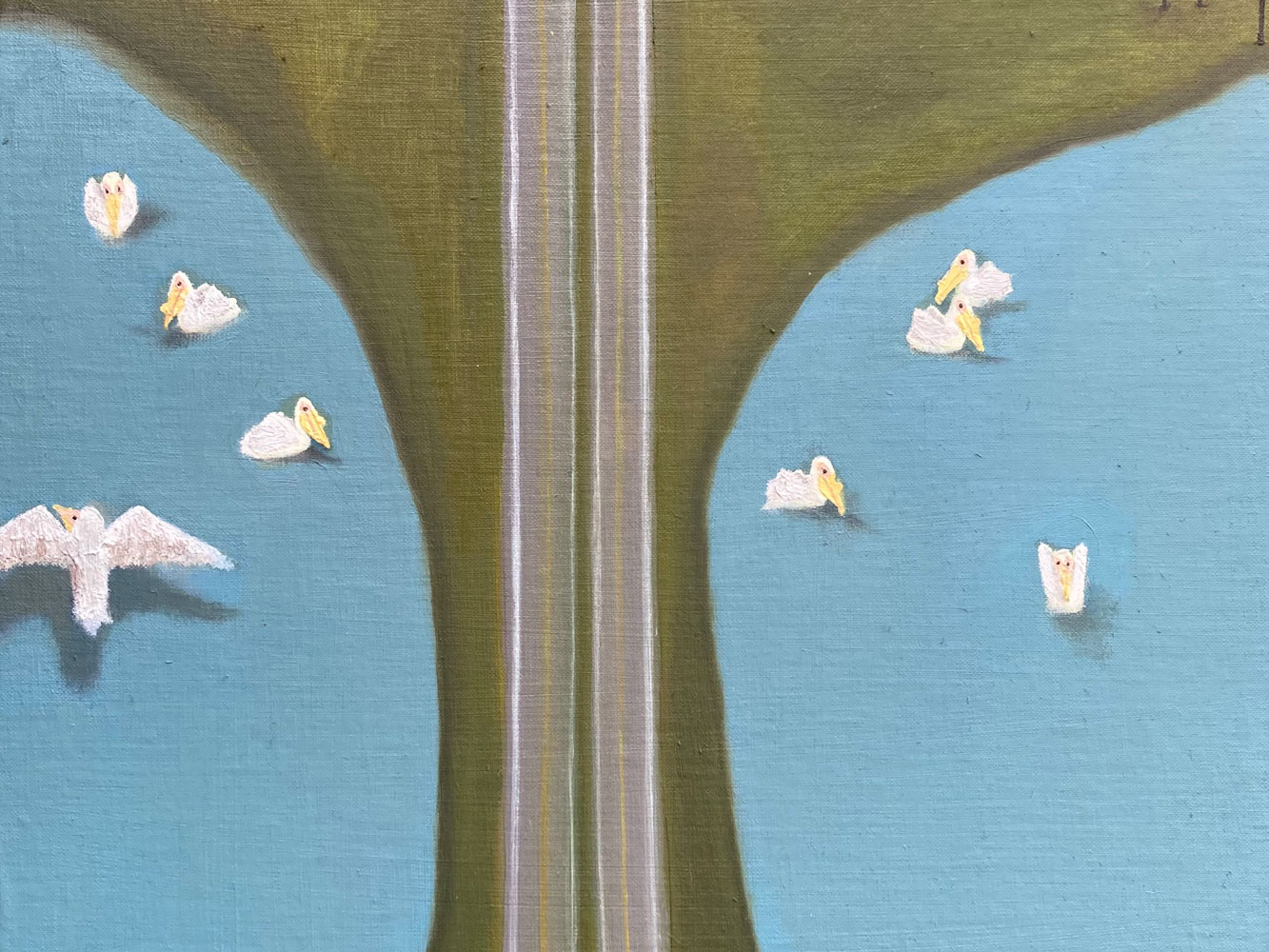
There is a confidence about Mollie Douthit’s practice, which is slow and considered, writes Margarita Cappock